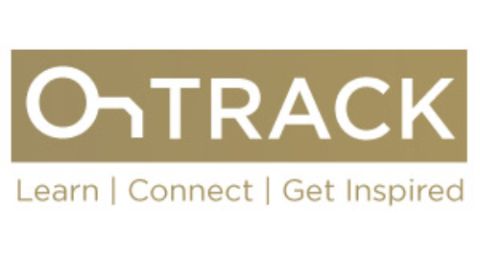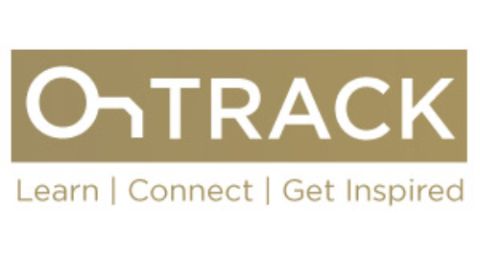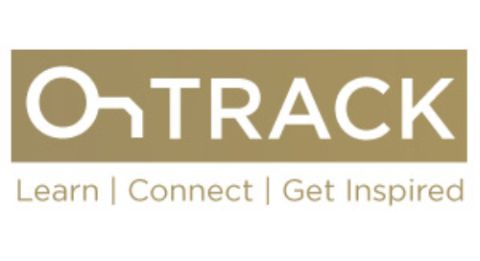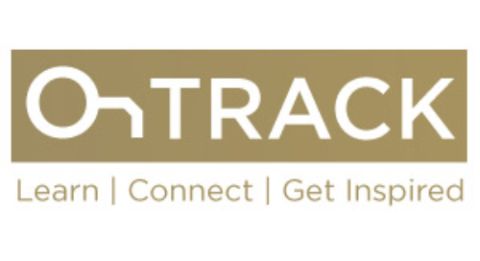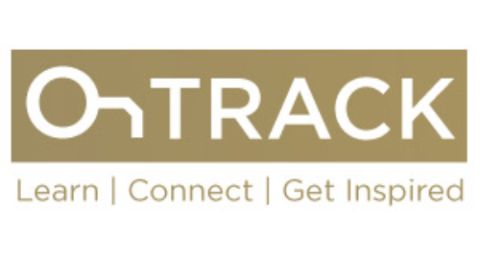Microvia Reliability in Ultra-High Density Interconnect Designs

Judy Warner: Early this year, we had the opportunity to meet at IPC Apex in California. In our conversation, you talked about the pervasive issue of microvia reliability. Will you please describe the issue for our readers?
Jim Brown: Judy, as the demand for technology has increased, it has trickled down to PCB density. The result is Ultra-HDI, stacked microvias, and sub-75-micron lines. Microvias have been in use for well over a decade but typically have been a single level. With the increased need to improve routing space, stacked microvias have been added to the designers' toolbox. The now stacked microvias are more prone to "Z" axis expansion during elevated temperatures (reflow), and the result is a failed interconnect at the target pad. Either between the pad and Electroless, Electroless-to-flash, or electrolytic copper. These three interfaces are where the failure(s) occurs. The disconcerting part is the separation occurs at high temperatures. Still, when the structure cools down, the failure tends to "heal" itself by mechanically reconnecting, the result is a potential latent defect which could become a field failure.
Warner: How long has this issue been affecting the industry, and why did it seemingly come out of nowhere?
Brown: Good question. This issue gained public visibility around 2008, give or take. However, no one was widely deploying stacked microvias, and those that did had stringent screening procedures. It seemingly "came out of nowhere" because technologies are now widely adopting ultra-HDI, which are required for most of the next generation of designs.
Warner: How pervasive is the issue, and what do design engineers need to know about this issue to help them avoid board failures?
Brown: Another good question! Pervasive is illusive. How do you know the defect rate when most of the defects are latent defects?
Engineers need to carefully scrutinize their suppliers to ensure they fully understand the mechanism(s) of failure and have processes and procedures in place to mitigate them. Then it is all about testing. At GreenSource Fabrication, we rely on CAT-OM testing to determine microvia reliability. We routinely test ultra-HDI technology and collect data for continuous improvement feedback (6σ). Some fabricators use IST, but we believe that OM testing better simulates what the structure experiences thermally during reflow, and it monitors resistance during the entire thermal cycle. Another method is "before-and-after" resistance checks. If the failure self-heals once it returns to ambient, you'll never detect it. Jerry Magera of Motorola Solutions has data that shows the failure typically occurs around 210°-220°C and then "heals" around 180°C, so if you're not monitoring throughout the temperature cycle, you'll never see the open.
Warner: How is IPC addressing this issue, and what has been discovered over the past several years to help move the industry toward a solution?
Brown: IPC has a Task Force (IPC V-TSL-MVIA Weak Interface Microvia Failures Technology Solutions Subcommittee) working diligently to understand the Methods of Failure (MoF).
IPC also hosts a High-Reliability Forum & MicroVia Summit that has been in existence for over three years, examining this exact issue. Here is a link to this year's event. While the previous summits have been multi-day in-person events, this year the summit is a virtual meeting, due to the current health crisis.
Warner: GreenSource is a highly unique PCB fabricator in that it is almost entirely automated. You've mentioned that GreenSource came into existence as a result of facing down the microvia reliability issue. Will you please explain?
Brown: GreenSource Fabrication started as a captive shop of Whelen Engineering Company almost six years ago. Three years ago, it was decided to spin off the fabrication operation as a stand-alone entity and offer third party sales. Once that decision was made, we went through the process of evaluating, "What does North America need?" That research led us to conclude that North America sorely needed an ultra-HDI supplier. A supplier with state-of-the-art equipment to provide the level of technology and reliability that North America has lacked since the late '90s. From there, we spent eighteen months, flew over 1.2 million miles around the world, to select top tier suppliers for equipment and chemistry. Because we wanted the facility on the Whelen campus in New Hampshire we were restricted by the state of NH for waste treatment. Consequently, we ended up designing a recycling/reclamation system that makes us the only actual "Green" PCB fabrication shop on the planet.
Warner: What would you suggest for design engineers wanting to learn more about this issue, and learn about the latest advancements?
Brown: Talk to your suppliers, talk to other OEMs about their experiences and visit IPC microvia reliability webpage.
Warner: Thank you, Jim, for sharing your insight and what you've been doing at GreenSource. We wish you and the GreenSource team continued success.
Brown: My pleasure, Judy, I hope this information is helpful for the design engineering community.
Note: Learn more about GreenSource The e-Smart Factory Comes to PCB Fabrication in this article by Subject Matter Expert, Happy Holden.




